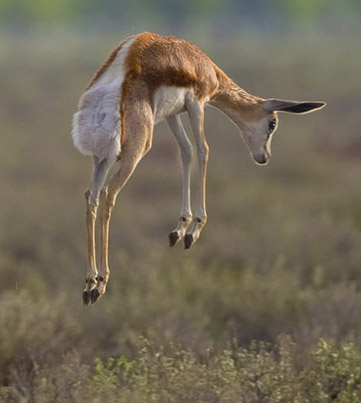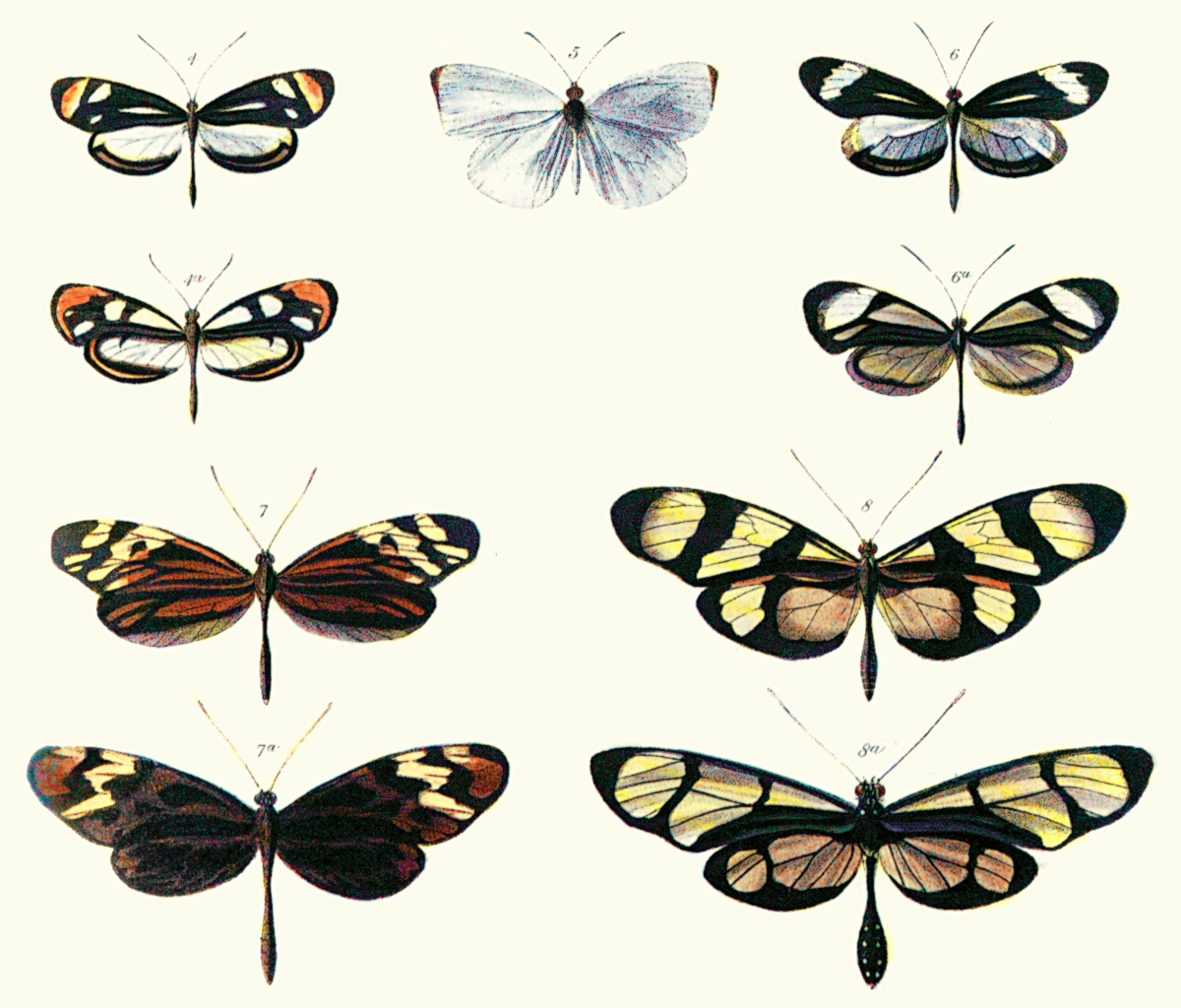 |
Signalling Theory
Within evolutionary biology, signalling theory is a body of theoretical work examining communication between individuals, both within species and across species. The central question is when organisms with conflicting interests, such as in sexual selection, should be expected to provide honest signals (no presumption being made of conscious intention) rather than cheating. Mathematical models describe how signalling can contribute to an evolutionarily stable strategy. Signals are given in contexts such as mate selection by females, which subjects the advertising males' signals to selective pressure. Signals thus evolve because they modify the behaviour of the receiver to benefit the signaller. Signals may be honest, conveying information which usefully increases the fitness of the receiver, or dishonest. An individual can cheat by giving a dishonest signal, which might briefly benefit that signaller, at the risk of undermining the signalling system for the whole population. ... [...More Info...] [...Related Items...] OR: [Wikipedia] [Google] [Baidu] |
_in_the_road.jpg) |
Springbok Pronk
The springbok (''Antidorcas marsupialis'') is a medium-sized antelope found mainly in south and southwest Africa. The sole member of the genus ''Antidorcas'', this bovid was first described by the German zoologist Eberhard August Wilhelm von Zimmermann in 1780. Three subspecies are identified. A slender, long-legged antelope, the springbok reaches at the shoulder and weighs between . Both sexes have a pair of black, long horns that curve backwards. The springbok is characterised by a white face, a dark stripe running from the eyes to the mouth, a light-brown coat marked by a reddish-brown stripe that runs from the upper fore leg to the buttocks across the flanks like the Thomson's gazelle, and a white rump flap. Active mainly at dawn and dusk, springbok form harems (mixed-sex herds). In earlier times, springbok of the Kalahari desert and Karoo migrated in large numbers across the countryside, a practice known as ''trekbokking''. A feature, peculiar but not unique, ... [...More Info...] [...Related Items...] OR: [Wikipedia] [Google] [Baidu] |
 |
Hyla Versicolor
The gray treefrog (''Dryophytes versicolor'') is a species of small arboreal holarctic tree frog native to much of the eastern United States and southeastern Canada. It is sometimes referred to as the eastern gray treefrog, northern gray treefrog, common gray treefrog, or tetraploid gray treefrog to distinguish it from its more southern, genetically disparate relative, Cope's gray treefrog. Description As the scientific name implies, gray treefrogs are variable in color. This ability to vary their color provides them with the ability to camouflage themselves from gray to green or brown, depending on the environment around them. ''H. versicolor'' can change from nearly black to nearly white. They change color at a slower rate than a chameleon. A unique aspect of the appearance of gray treefrogs is that its legs feature a dark band-like pattern which then contrast sharply with the black-marked bright yellow or orange under the sides of its legs and arms. Dead gray treefrogs an ... [...More Info...] [...Related Items...] OR: [Wikipedia] [Google] [Baidu] |
 |
Evolutionary Arms Race
In evolutionary biology, an evolutionary arms race is an ongoing struggle between competing sets of co-evolving genes, phenotypic and behavioral traits that develop escalating adaptations and counter-adaptations against each other, resembling an arms race. These are often described as examples of positive feedback.Dawkins, R. 1996. '' The Blind Watchmaker'' New York: W. W. Norton. Note: This book was also published by Penguin in 1991. While the text is identical, page numbers differ The co-evolving gene sets may be in different species, as in an evolutionary arms race between a predator species and its prey (Vermeij, 1987), or a parasite and its host. Alternatively, the arms race may be between members of the same species, as in the manipulation/sales resistance model of communication (Dawkins & Krebs, 1979) or as in runaway evolution or Red Queen effects. One example of an evolutionary arms race is in sexual conflict between the sexes, often described with the term Fi ... [...More Info...] [...Related Items...] OR: [Wikipedia] [Google] [Baidu] |
 |
Batesian Mimicry
Batesian mimicry is a form of mimicry where a harmless species has evolved to imitate the warning signals of a harmful species directed at a predator of them both. It is named after the English naturalist Henry Walter Bates, after his work on butterflies in the rainforests of Brazil. Batesian mimicry is the most commonly known and widely studied of mimicry complexes, such that the word mimicry is often treated as synonymous with Batesian mimicry. There are many other forms however, some very similar in principle, others far separated. It is often contrasted with Müllerian mimicry, a form of mutually beneficial convergence between two or more harmful species. However, because the mimic may have a degree of protection itself, the distinction is not absolute. It can also be contrasted with functionally different forms of mimicry. Perhaps the sharpest contrast here is with aggressive mimicry where a predator or parasite mimics a harmless species, avoiding detection and improving it ... [...More Info...] [...Related Items...] OR: [Wikipedia] [Google] [Baidu] |
|
Metabolic Cost
In production, research, retail, and accounting, a cost is the value of money that has been used up to produce something or deliver a service, and hence is not available for use anymore. In business, the cost may be one of acquisition, in which case the amount of money expended to acquire it is counted as cost. In this case, money is the input that is gone in order to acquire the thing. This acquisition cost may be the sum of the cost of production as incurred by the original producer, and further costs of transaction as incurred by the acquirer over and above the price paid to the producer. Usually, the price also includes a mark-up for profit over the cost of production. More generalized in the field of economics, cost is a metric that is totaling up as a result of a process or as a differential for the result of a decision. Hence cost is the metric used in the standard modeling paradigm applied to economic processes. Costs (pl.) are often further described based on their ... [...More Info...] [...Related Items...] OR: [Wikipedia] [Google] [Baidu] |
|
 |